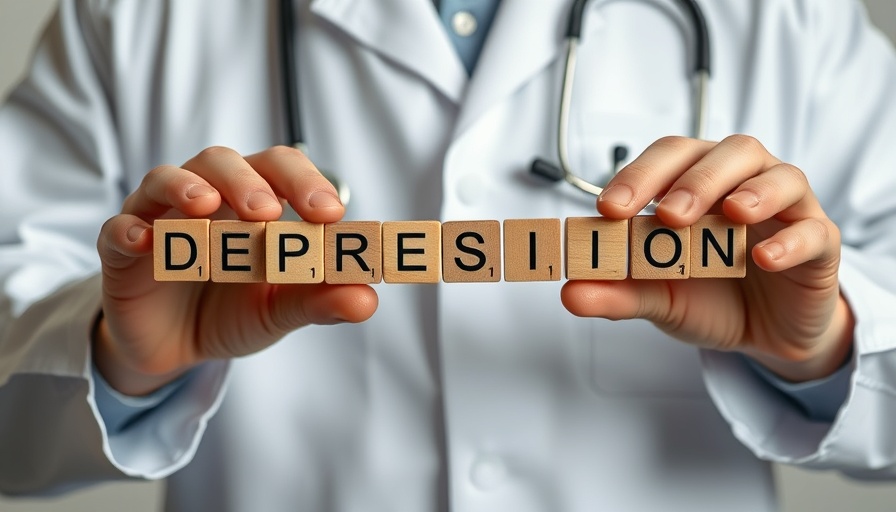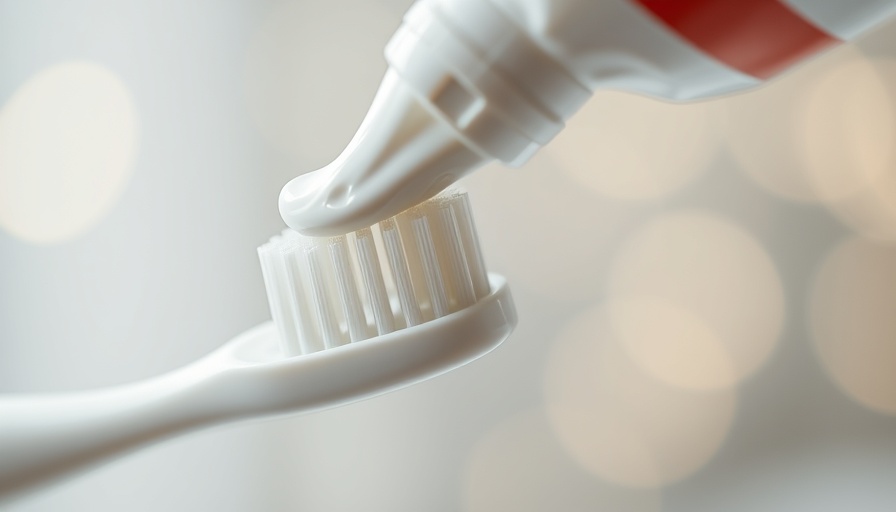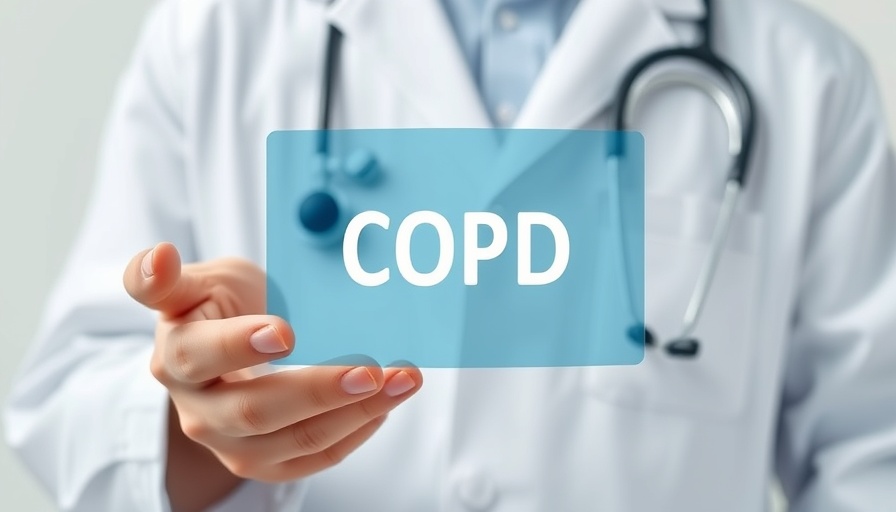
The Hidden Costs of Screen Time for Teen Girls
In recent years, the prevalence of digital technology among adolescents has surged, particularly with the widespread use of smartphones and tablets. A concerning trend has emerged from studies correlating excessive screen time with negative health outcomes, specifically for teenage girls. A new study has determined a significant link between increased screen time among teen girls and a rise in sleep disruptions and depressive symptoms. This finding calls for immediate attention from parents, educators, and mental health professionals alike.
Exploring the Study's Findings
The study highlighted that as screen time climbed beyond recommended limits, instances of sleep disturbances increased markedly. Teen girls who reported more than two hours of screen exposure daily were 1.5 times more likely to experience poor sleep compared to their peers with lower screen usage. Poor sleep has been documented to exacerbate mental health issues, leading to feelings of anxiety and depression, as corroborated by findings from the American Academy of Pediatrics.
The Impact of Sleep on Mental Health
Sleep is essential for maintaining physical and mental well-being. A lack of quality sleep can lead to a cascade of health issues, including impaired cognitive function and heightened emotional distress. For adolescent girls, who are navigating the complexities of their formative years, the stakes are even higher. Poor sleep quality can affect academic performance, social interactions, and self-esteem, creating a detrimental cycle of mental health struggles.
Societal Implications of Excessive Screen Use
The increase in screen time is not purely a personal issue; it reflects broader societal changes in how we communicate and entertain ourselves. Social media platforms often serve as both a sanctuary and a source of pressure for young girls. While they provide a way to connect with peers, they can also introduce unrealistic beauty standards and social comparisons, thereby affecting mental health outcomes.
Future Trends: Navigating Screen Time Wisely
As technology continues to evolve, the conversation around healthy screen use is paramount. Experts recommend not just limiting screen time but also being conscious of the quality and content of what is consumed. Encouraging digital literacy among young girls can empower them to navigate the online world more safely and healthily. Schools and community organizations can play a pivotal role in this initiative by promoting programs that advocate responsible technology use.
Strategies for Parents and Guardians
Parents play a crucial role in guiding their children through healthy tech habits. Here are effective strategies to mitigate the adverse effects of screen time:
- Set boundaries: Define specific times for device use, especially during the evenings to promote better sleep hygiene.
- Encourage offline activities: Promote hobbies that do not involve screens, such as reading, sports, or arts and crafts.
- Model good behavior: Lead by example; parents can limit their screen time to create a more balanced family environment.
A Call to Action: Addressing Teen Mental Health
The connection between excessive screen time, sleep issues, and depression is crystal clear, calling for intervention from all angles—families, schools, and health professionals. Understanding these dynamics is vital for fostering a healthier generation of teen girls. It’s crucial for stakeholders to come together to implement strategies that promote positive technological interaction for the mental health of our youth. As we embrace the digital age, let us not lose sight of the real-life connections and healthy lifestyle choices that contribute to overall well-being.
 Add Row
Add Row  Add
Add 




Write A Comment